Mycobacterium tuberculosis: Drug Resistance and Natural Selection
By: HWC
Date Uploaded: 10/16/2020
Tags: Drug Resistance and Natural Selection M. tuberculosis Mycobacterium tuberculosis antibiotics natural selection bacterial resistance antibiotic drug rifampin
The evolution of drug resistance in microorganisms, such as M. tuberculosis, that cause human diseases is of particular concern to biologists. When Mycobacterium tuberculosis infects the lungs of humans, it causes the disease tuberculosis, also called TB. Once infected, the lungs act as a new environment where the bacterial population will grow unless treated with antibiotics. Like all organisms, the evolution of bacteria is governed by the principles of natural selection. Genetic variation exists among individuals in a population. In this population of Mycobacterium tuberculosis, the variable trait is bacterial resistance. Most of the bacteria in the population are susceptible to a given antibiotic drug, but a small number are resistant. This resistance trait is rare in the population. Antibiotic resistance provides a selective advantage to the bacterium, and a health problem for humans. The drug-resistance trait is heritable, meaning that it is passed on to offspring as the bacteria divide. If you are an individual infected with the bacterium that causes TB, your lungs represent a single population of the bacteria. Although the lungs contain multiple bacterial colonies, the bacteria are still a single variable population. Let's observe what happens when we administer an antibiotic called rifampin. Rifampin causes susceptible bacterial cells to die. Treatment with rifampin selects against drug susceptibility. In other words, only a tiny fraction of the bacterial cells in the patient survive the antibiotic treatment. Only the drug-resistant cells are able to survive in the new environment. Thus, this environment selects for resistance. Over time, the frequency of the drug-resistant bacterial cells increases. In this new environment, cells with drug resistance have a higher fitness value. What might happen if an individual infected with the drug-resistant strain of TB bacteria began to infect others? Tuberculosis spreads when diseased people cough or sneeze bacteria into the air. The drug-resistant cells that became common in the original infected lungs have now spread to other sets of lungs. The Mycobacterium tuberculosis population has evolved by natural selection. This resistant strain has adapted to the new, rifampin treated environment. Now, the entire population in these newly infected lungs is resistant to the drug rifampin. Today, worldwide drug resistance is common (found in about 10 percent of TB infections), but when the drugs were first introduced, resistance was extremely rare.
Add To
You must login to add videos to your playlists.
Advertisement



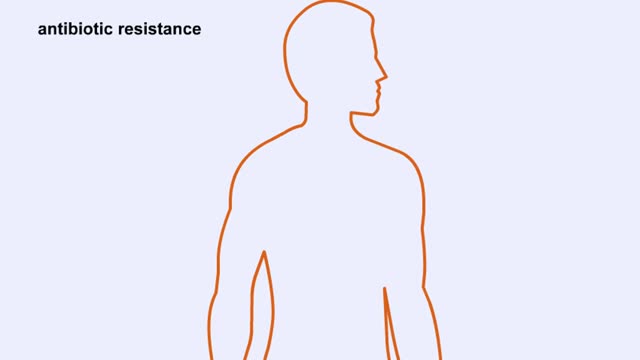
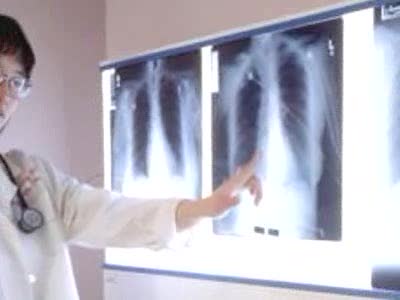

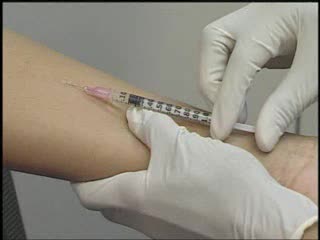

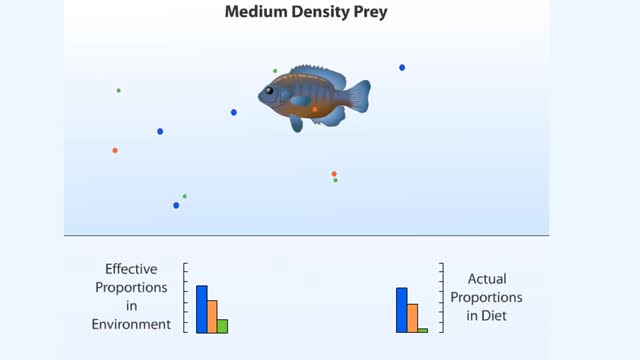


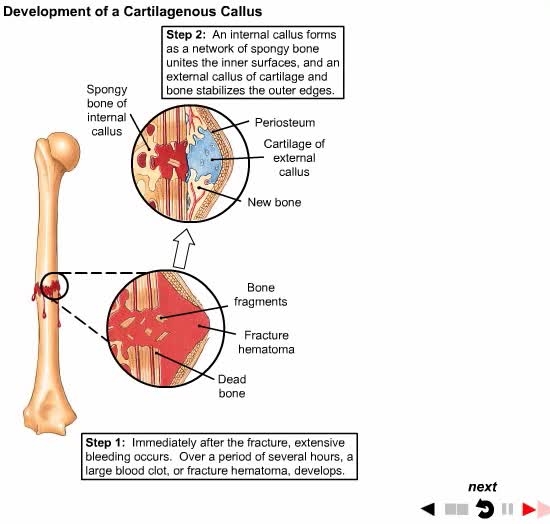
Comments
0 Comments total
Sign In to post comments.
No comments have been posted for this video yet.